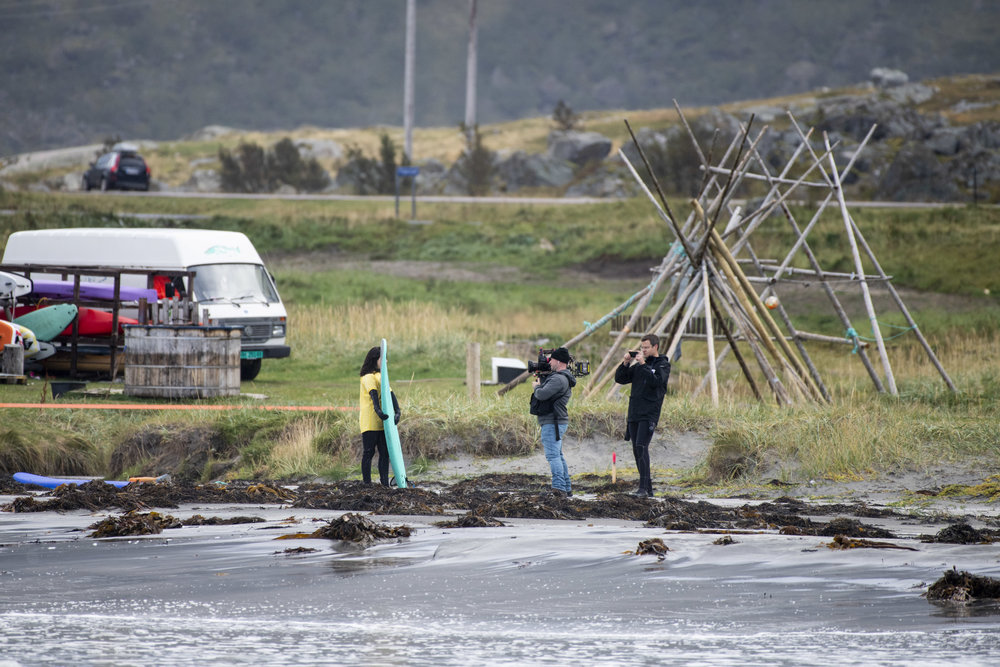Worland, Wyoming (CNN) America's rural ambulance services, often sustained by volunteers, are fighting for their survival -- a crisis hastened by the impact of Covid-19.
More than one-third of all rural EMS are in danger of closing, according to Alan Morgan, CEO of the National Rural Health Association. "The pandemic has further stretched the resources of our nation's rural EMS."
In Wyoming, the problem is especially dire. It may have the smallest population in America, but when it comes to land, Wyoming is the ninth-largest.
In Washakie County, which lies in Wyoming's southern Bighorn Basin, it means a tradeoff for the nearly 8,000 residents living here: While there is vast open space, the nearest major trauma hospital is more than 2.5 hours away.
On a recent drive from Cody -- the closest town with an airport -- the land stretched endlessly while cattle and wildlife outnumbered people. The sole reminders of civilization were the occasional oil rigs pumping silently in the distance.
But for the residents, speedy access to emergency medical services -- paramedics and an ambulance -- can be a matter of survival.
It's a fact Luke Sypherd knows all too well. For the past three years, he has overseen Washakie County's volunteer ambulance service. But on May 1, the organization was forced to dissolve.
"We just saw that we didn't have the personnel to continue," Sypherd said. "It was an ongoing problem made worse by Covid with fewer people interested in volunteering with EMS during a pandemic and patients afraid of getting taken to a hospital."
A nearby hospital system, Cody Regional Health, has agreed to provide ambulance service for Washakie County, averting a crisis. But it's a problem playing out across rural America: Ambulance crews are running out of money and volunteers.
Phillip Franklin, the EMS Director for Cody Regional Health, said the crisis is a result of several problems.
"The majority of the ambulance service staff are not paid so if you don't have your volunteers, they can't run calls," Franklin said. "Another problem is that there's simply just not enough volume to keep ambulance service afloat and in the state of Wyoming, EMS is not essential, which means there's nobody responsible to fund these entities."
Sypherd said the funding model for EMS is fundamentally flawed, with most service providers reimbursed only if they take patients to a hospital or clinic. In rural areas like Washakie County, smaller populations mean fewer calls, and consequently, less money.
"You're reimbursed based on the number of patients that you transport to a hospital so you could get called 1,000 times a year and only transport 750 patients -- those other 250 calls you made no money on," Sypherd said.












